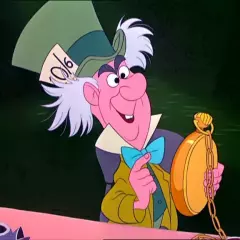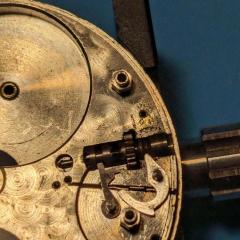Illinois Pocket Watch - issues & questions
-
Recently Browsing
- No registered users viewing this page.
-
Topics
-
Posts
-
By Neverenoughwatches · Posted
I have the perfect solution for this, i just dont invite anyone round. -
@rossjackson01 it's only getting harder and harder to get 'cheap' watches to work on, I have done some reading and depending on the source the prices of vintage watches is increasing somewhere between 10% and 50% a year. The only way I have found to get watches to lay the 404 game with is to buy a bulk lot say 10 with an average price of < £4.04 but even that is getting harder and harder, hence the re-boot. I see that £6.99 is looking like a popular choice - but I ask the members, is £6.99 realistic, can you actually find watches to work on for £6.99 - maybe its better to cut to the chase and jump to £10.10 for example and allow more people to play? Jut a thought.
-
By Neverenoughwatches · Posted
Here's a little more to add from an old book that contains articles from Emil Borer once head of Rolex's technical department and designer of their movements at Rolex's factory ( which apparently they had but not really until the early 2000s ) so i guess the mislead publisher meant Eagler's factory 😅 -
By rossjackson01 · Posted
I really like the idea of the 404. However I've yet to be able to manage to obtain any watch for that little. I do have some free quartz ones. I'm not that skilled. Mechanical for me. I have managed to obtain a number of watches for under £40. What about an extra 40 club. $, £ etc. I could at least participate. -
By Neverenoughwatches · Posted
That sounds like the running distance of a horse I bet on 2 years ago, I'm still waiting for the phone call to let me know its crossed the finish line. Elegantly put Ross and yes we do .
-








Recommended Posts
Join the conversation
You can post now and register later. If you have an account, sign in now to post with your account.
Note: Your post will require moderator approval before it will be visible.